Somewhere in the mid-1950s, my grandfather, Leo Dupuich, acquired a number of bonsai from a local landscaper and bonsai enthusiast named Jim Miyasaki. When my teenage father saw the trees, one stuck out to him – a Japanese plum.
My dad cared for the tree for a number of years before giving it to my mom when they were in high school. It’s been in the family ever since.
The tree is now close to seventy years old. As a result, health problems are becoming more frequent. The most common problems have been discoloration in the tips of leaves (yellow fading to brown) and occasional twig loss, but this year there are more problems than usual.
Here’s a photo of the tree from May.
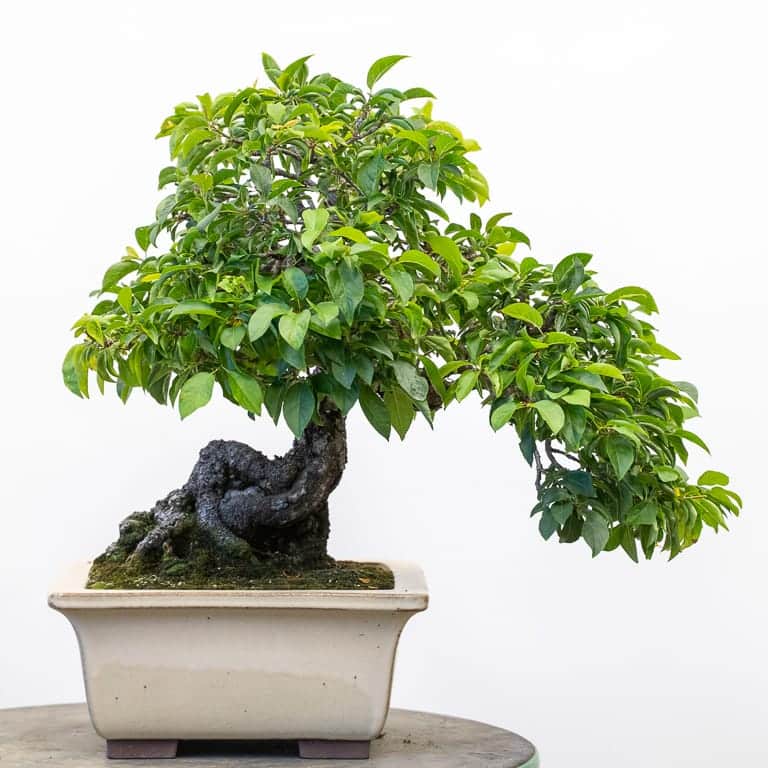
Japanese plum (possibly Prunus salicina) – 17″
Over summer, several small branches showed signs of stress. The first symptom was general weakness and curled leaves.
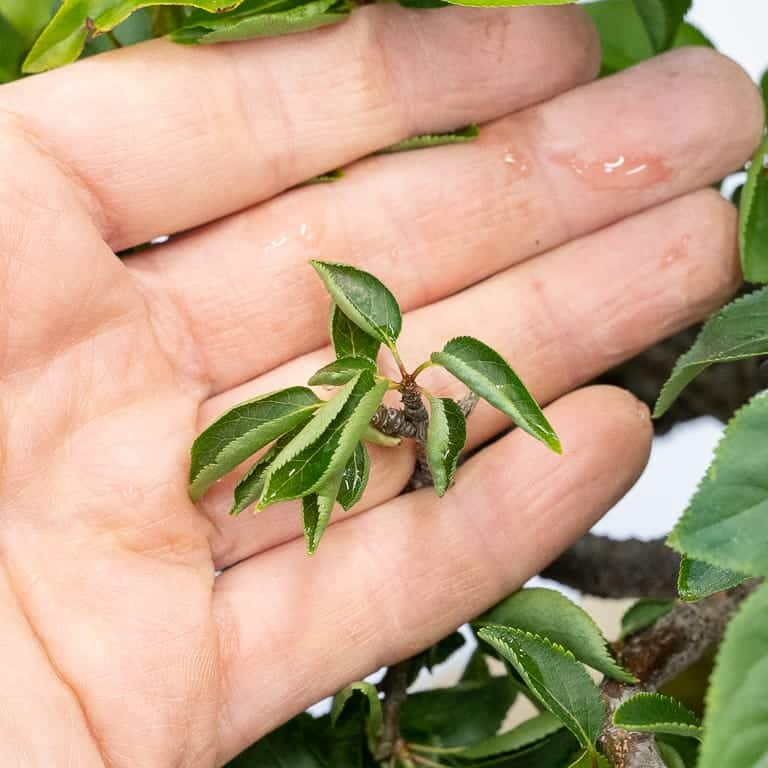
Weak leaves
Over time, the affected twigs died back.
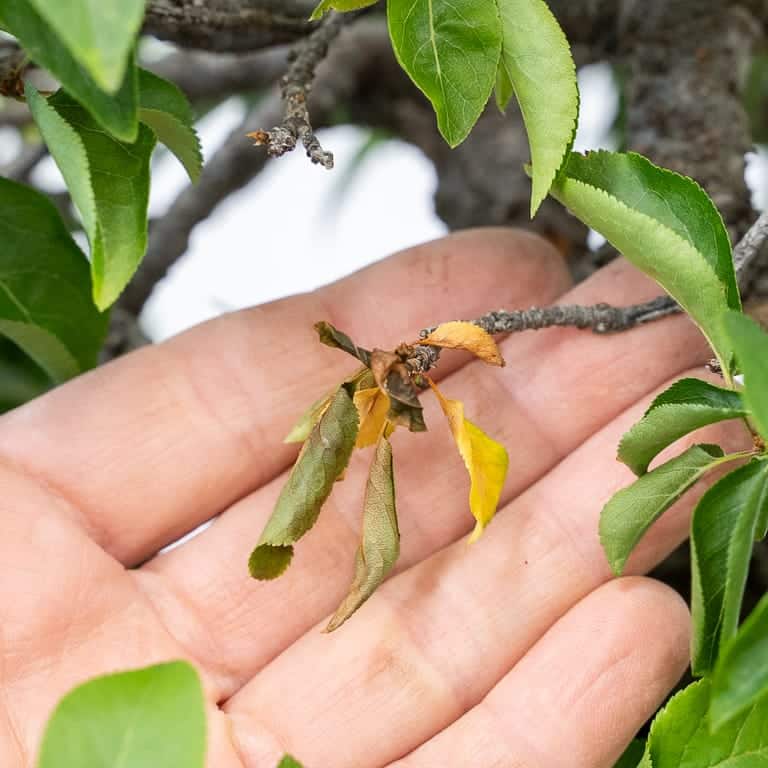
Dead foliage
I also found branches that looked chlorotic. If the whole tree was yellow, I’d assume it needed iron or more general fertilizer, but because the problem was localized, I was concerned something else was going on.

Discolored foliage
Then, after some unseasonably hot weather, I saw yellow spots on some leaves. When I turned the leaves over, I found signs of rust.
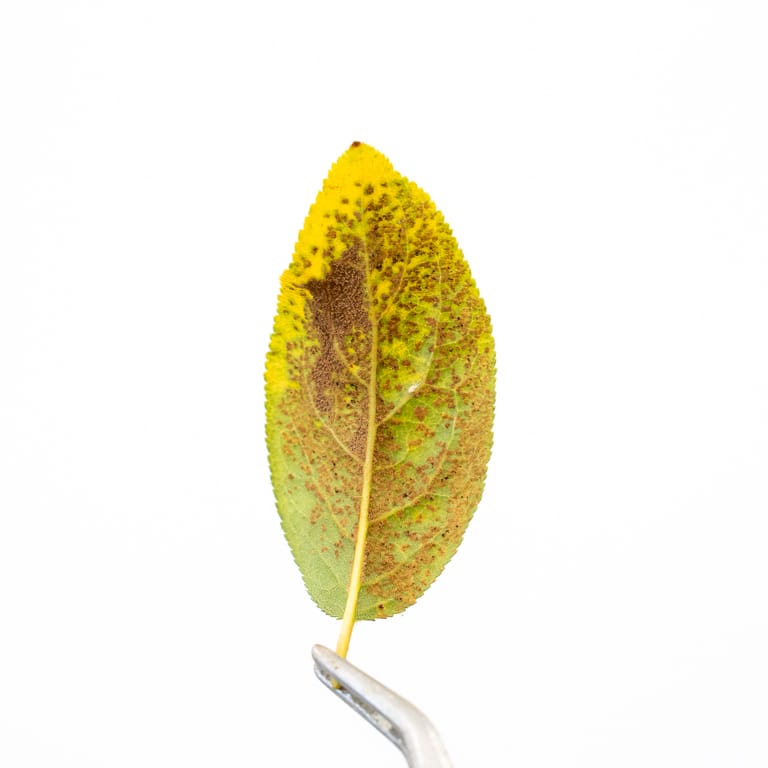
Fungus growing on the underside of a leaf – the tiny white dot is a lone mealy bug
For reference, here is what relatively healthy leaves look like at this time of year.
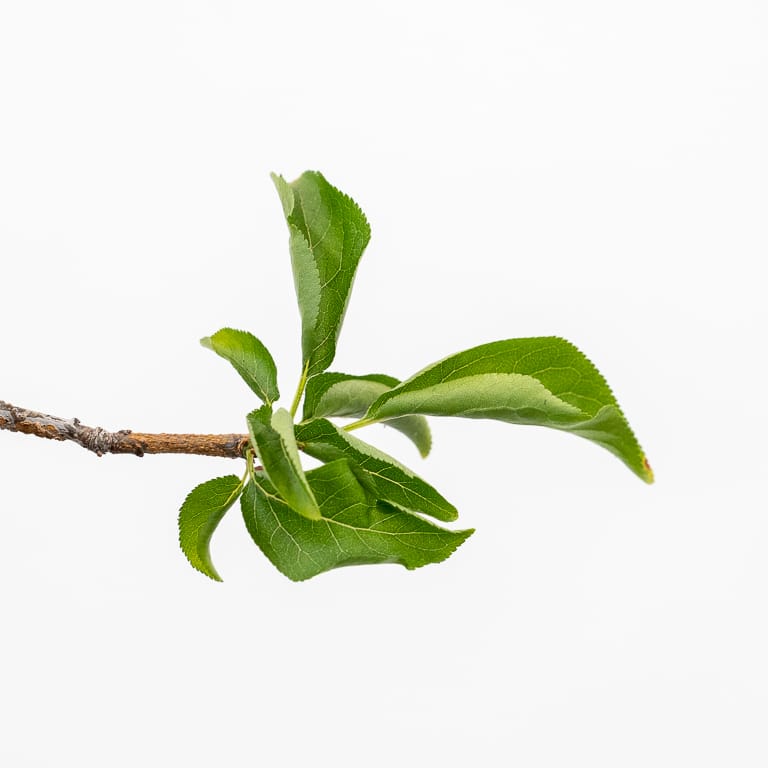
Healthy plum foliage
I wasn’t sure how many problems were affecting the tree so I took samples from different areas of the tree and sent them to a lab.
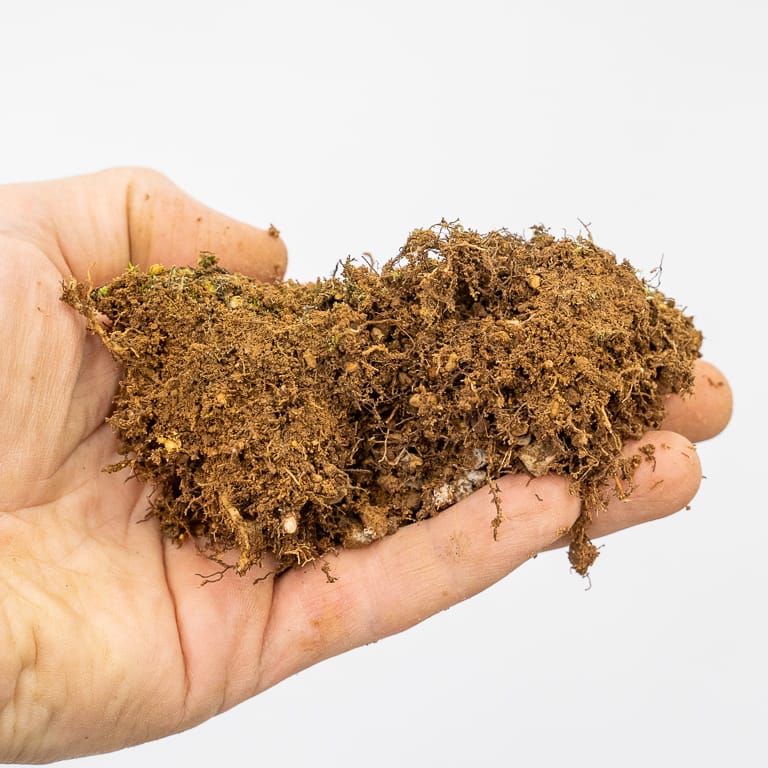
Soil sample containing fine roots
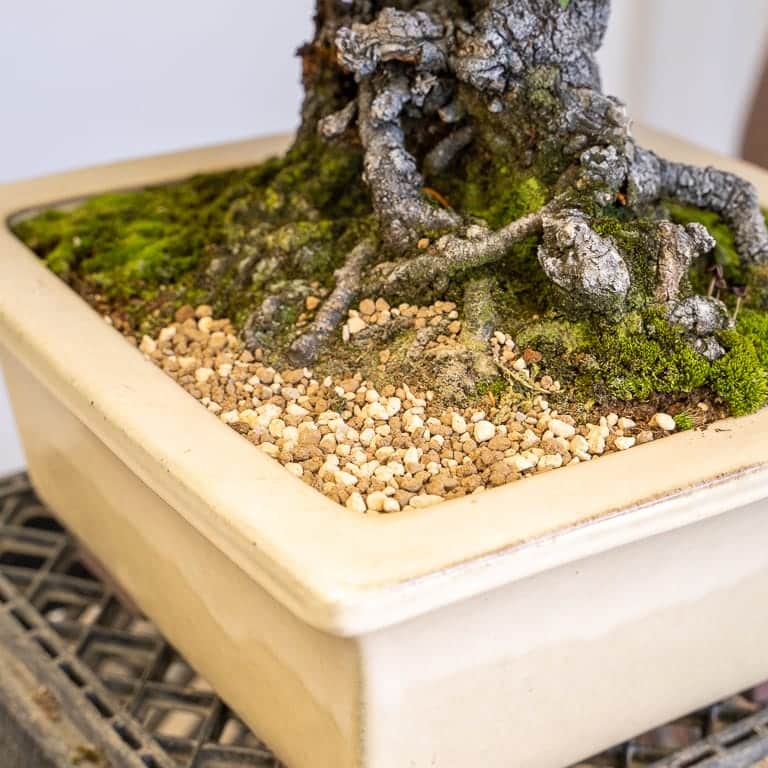
After filling in the gap caused by taking a soil sample
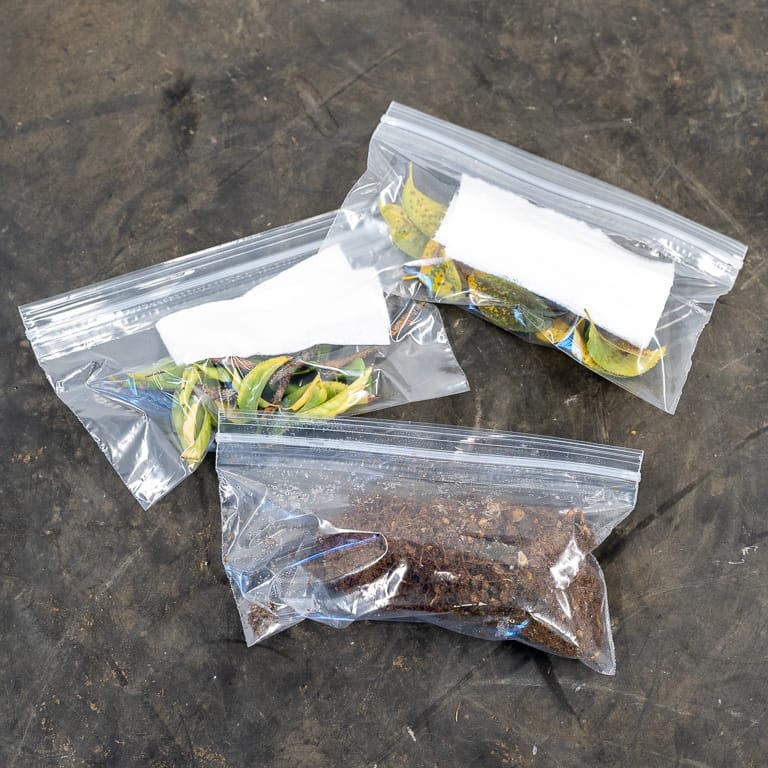
Samples in plastic bags with strips of paper towels to absorb excess moisture
I sent the samples to Waypoint Analytical, and a few weeks later received the results. The soil and twig samples were free of pathogens, but a Transchelia species was cultured from the foliage samples.
Upon seeing the diagnosis, I took the familiar step of looking up the pathogen on the University of California Integrated Pest Management site.
The U.C.’s I.P.M. website is my go-to resource for learning about new pests or pathogens (here is a link to their Transchelia reference).
The site suggests best practices for avoiding the problem as well as for treatment. As it happens, I have several fungicides that are effective for Transchelia, so I applied one (azoxystrobin) and will make a note to follow up with subsequent treatments according to the guidance on the label.
More importantly, I moved the tree to a sunnier corner of the garden. In previous years I kept the tree under thirty percent shade cloth even though it can do well in full sun on all but the hottest days. This year the tree was under forty percent shade cloth which likely contributed to the wet conditions that fungi need to take hold.
I don’t know that Transchelia is responsible for all of the symptoms I found on the tree, but by treating for it, I can rule it out if some of the symptoms return down the road.
In the meantime, I’ll be keeping a close watch on the tree and will do whatever I can to return it to health.
